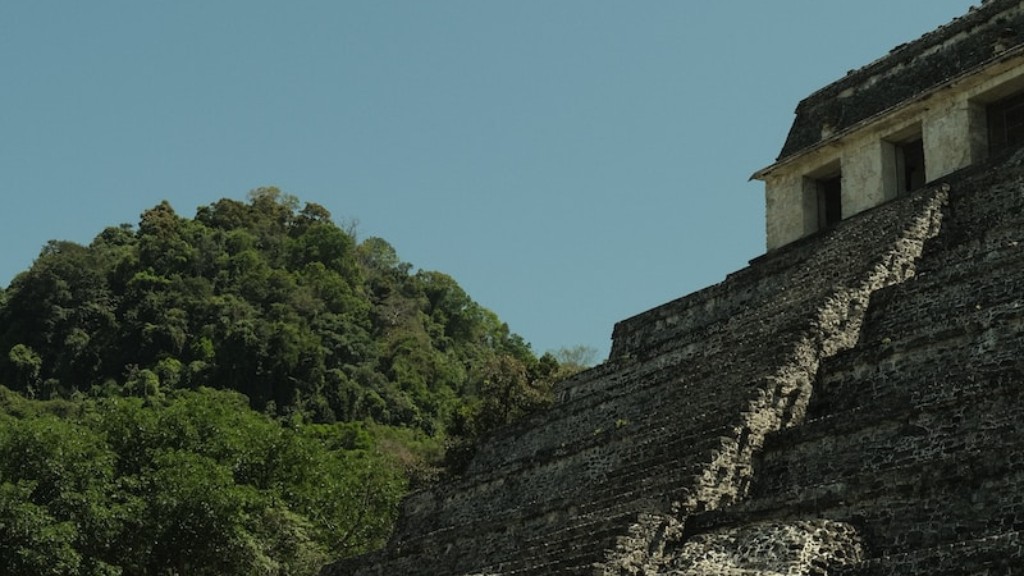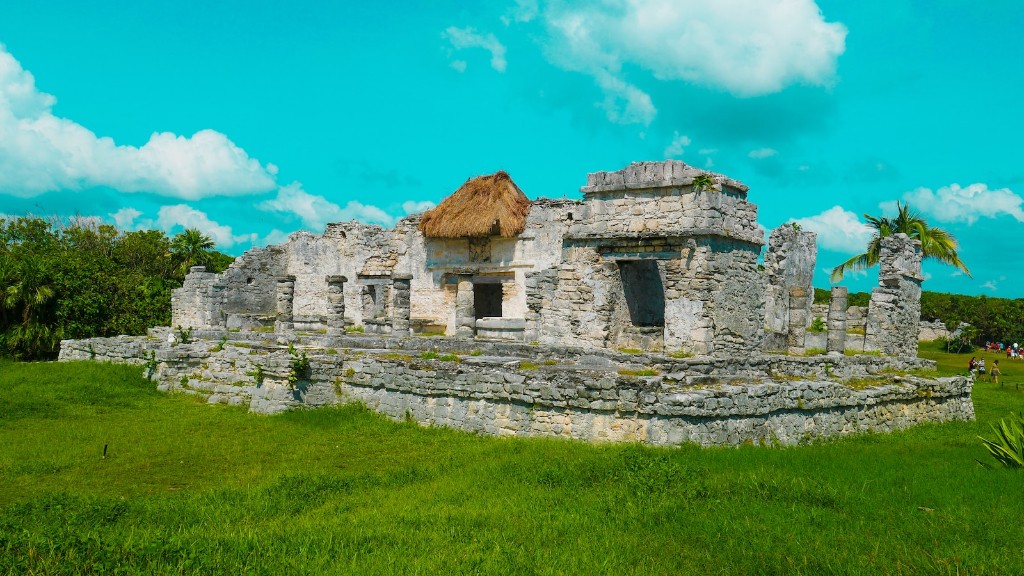The Disappearance of Mayan Civilization
The Mayan civilization, known for its advanced writing system, magnificent architecture, and complex mathematics, was one of the most sophisticated ancient civilizations in the world. However, despite its achievements, the Mayan civilization experienced a mysterious decline and eventual disappearance. This article aims to explore the various hypotheses put forward by scholars to explain the demise of the Mayan civilization.
Evidence of Mayan Decline
The decline of the Mayan civilization is evident from a range of archaeological evidence. From the 8th to the 9th century CE, many Maya cities were abandoned, leaving behind empty structures and monuments. These once-thriving urban centers fell into ruin, suggesting a sudden and dramatic collapse of the Mayan society.
Environmental Factors
One hypothesis suggests that environmental factors played a significant role in the downfall of the Mayan civilization. The Maya, predominantly agrarian society, relied heavily on high agricultural productivity. Supporting this theory, studies have revealed evidence of severe drought episodes during the same time period as the Mayan collapse. These prolonged periods of dryness would have resulted in crop failures, leading to food shortages, social unrest, and potential conflict.
Social and Political Factors
Another explanation proposed by researchers focuses on social and political factors as the primary cause of the Mayan decline. The Mayan society was characterized by extensive hierarchies and social inequality. As the population grew and resources became scarce, this inequality could have caused social unrest and contributed to the breakdown of political systems. Internal conflict, warfare, and the erosion of social cohesion could have weakened the Mayan civilization, ultimately leading to its collapse.
External Factors
In addition to internal factors, external influences may have also affected the Mayan civilization. The arrival of foreign groups, such as the Toltecs, could have disrupted the balance of power and cultural norms within the region. Archaeological evidence suggests that these external intrusions coincided with a period of increased warfare and political instability. The combination of internal and external factors likely contributed to the downfall of the Mayan civilization.
Economic Factors
Economic factors are also considered as potential contributors to the decline of the Mayan civilization. The Maya were skilled traders, engaging in long-distance exchange networks that spanned across Mesoamerica. However, the collapse of these trade networks may have disrupted their economy, leading to a decline in prosperity. As economic conditions worsened, social unrest and political instability could have followed, hastening the collapse of the Mayan civilization.
Cultural Shifts
Lastly, cultural shifts within the Mayan society may have played a role in its demise. Some scholars propose that religious and ideological changes contributed to the weakening of the civilization. Over time, religious beliefs and practices may have shifted, reducing the authority and power of traditional leaders. This religious transformation may have undermined the social and political structures of the Mayan civilization, leading to its ultimate downfall.
Conclusion
In conclusion, the disappearance of the Mayan civilization remains a subject of intense study and debate among scholars. The decline of Mayan cities, environmental challenges, social and political factors, external influences, economic shifts, and cultural transformations have all been proposed as possible explanations for the disappearance of this once-great civilization. Further research and archaeological discoveries are necessary to gain a clearer understanding of the complex factors that contributed to the downfall of the Mayan civilization.


